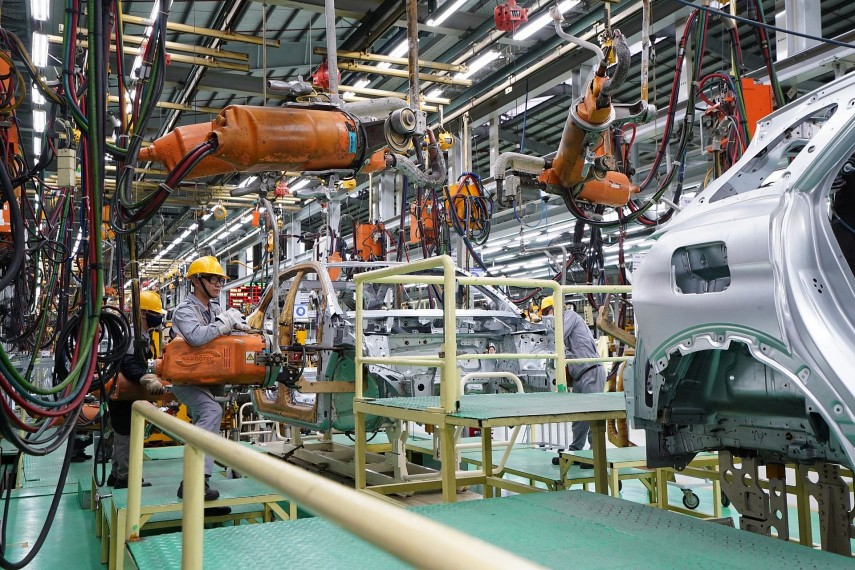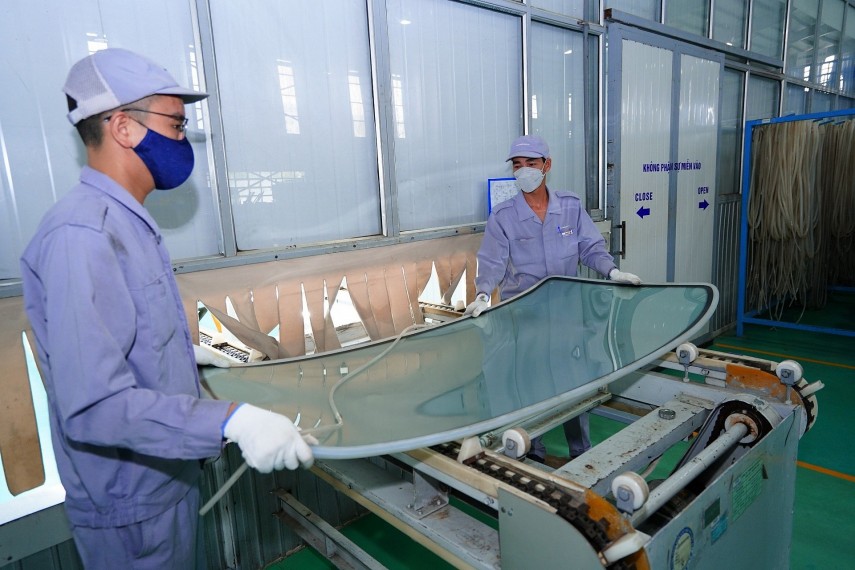
Key export guidance for Vietnamese firms entering the Israeli market
19:05 | 23/03/2025 13:59 | 27/11/2025Foreign trade
Low localization rate, high production costs
According to the Vietnam Industry Agency (VIA) under the Ministry of Industry and Trade (MoIT), there are 377 automobile enterprises nationwide, including 169 FDI enterprises, accounting for 46.43 percent. The number of manufacturers and suppliers in the automotive support industry is modest. The total number of products in this industry is 1,221, of which the majority are supporting industry products, with medium and low technology contents, with a small value in the value structure of an automobile.
 |
| The localization rate of passenger cars of up to nine seats remains low |
The current average localization rate of passenger cars of up to nine seats is as low as seven to 10 percent, while the government target is 30 to 40 percent by 2020, 40 to 45 percent by 2025 and 50 to 55 percent by 2030. In addition, the cost of making automobiles in Vietnam was 10 to 20 percent higher than those of imported cars from other ASEAN countries. As a result, the prices of locally-manufactured and assembled automobiles are about 20 percent higher than those of imported ones.
Auto parts being manufactured in Vietnam are mainly labor-intensive and simple-technology components such as glasses, inner tubes, etc., while others of core technologies and high-added value braking systems, clutches, gearboxes are still completely imported.
A feasible development strategy needed
According to the VIA, the potential of the electric vehicle market in Vietnam is enormous because the Vietnamese auto market has the second highest growth rate in Southeast Asia, despite its current vehicle ownership rate being 23 vehicles per 1,000 people, which is only 1/10 of Thailand’s and 1/20 of Malaysia’s.
 |
| Auto parts such as glasses manufactured in Vietnam are mainly labor-intensive and simple-technology components |
Regarding the development strategy of the country’s automobile industry to 2025 with a vision to 2035 which was approved in the Prime Minister’s Decision No.1168/QD-TTg dated July 16, 2014, by 2035, the total vehicle production will have reached about 1,531,400 units, of which the number of nine-seat cars will be about 852,600 units; vehicles with 10 or more seats about 84,400 units; trucks about 587,900 units; and specialized vehicles about 6,500 units. The proportion of domestically produced and assembled vehicles will have accounted for about 78 percent of domestic demand. By 2035, the total number of exported vehicles will have reached approximately 90,000 units...
The strategy also focuses on promoting the production of environmentally friendly vehicles, including fuel-efficient vehicles, hybrid vehicles, biofuel-based vehicles, and electric vehicles, to comply with emission standards.
However, Vietnam’s policies to encourage the use of electrical vehicles (EVs) now only focus on battery EVs (BEVs) with incentives relating to excise tax and registration fees, without specific roadmap for the development of other electrified vehicle models in Vietnam.
Given the impressive development of the automobile industry in other countries in the region over the past recent years, especially China and Thailand, the risk of domestically-produced cars losing market share in Vietnam is unavoidable if there are no appropriate mechanisms and policies.
| It is expected that by June this year, the Ministry of Industry and Trade will have completed the development strategy for Vietnam’s automotive industry to 2030 with a vision to 2045 and submit it to the Prime Minister for approval in September 2024. |

19:05 | 23/03/2025 13:59 | 27/11/2025Foreign trade

19:05 | 23/03/2025 13:54 | 27/11/2025Industry

19:05 | 23/03/2025 00:15 | 27/11/2025News and Events

19:05 | 23/03/2025 00:08 | 27/11/2025Trade

19:05 | 23/03/2025 15:23 | 26/11/2025News and Events